The paintings Abendzeichnungen (Evening Drawings) make reference to drawings execued at home in the evening, simple line drawings of, for example, a wall socket in a corner, children´s toys lying on the floor, or a kitchen sink. These domestic observations do not, however, supply the subject itself; the drawings serve instead as an intermediary, as the initial receptors of the domestic atmosphere. Because the drawings - as points of departure for the paintings - remain unseen, they fulfil a function similar to the one served by the wine bottles containing uranium in Hitchcock´s film Notorious. Like the bottles, the drawings - while decisive for the plot as a whole - never propel themselves in the foreground, into visibility. Precisely by virtue of their absence, they become constutitive elements. The appellation Evening Drawings suggests such a decisive role, here played by the drawings, although the group of works consists, obviously, of paintings.
The title denotes an intense absence of narration, and recalls the position of painting. Viewed formally, the theme of Evening Drawings is the translation of a drawing into another medium, into painting. The transit can also be reversed: the various monochrome grounds of the paintings, for example, are correlated to a colour code inherent in paper, a code referring to the condition of the paper, its fibre content, whether it has been bleached or has yellowed, etc. In relation to this experience, painting reveals itself as belated, it is directed toward a reconstruction of the immediate form of appearance of the drawing. In the paintings, less concern is accorded to the appearance of a wall socket or a curtain, for example. It is far more a question of the loss of the immediate, almost phenomenologically conditioned experience, and about attempts to recreate such experience via defamiliarization.
For the process by which drawings are translated into paintings is not motivated by formal concerns; it is not a question of refinement. The group of works is far more impelled by the necessity to leave open experiences of ambivalence between dichotomies like such as private-public and abstract-narrative. The question of translation cannot be reduced, however, to a shift that is conditioned by media. It is instead a question of the parallel existence of spatial experiences that are by nature variable: movements through studio and apartment, in daytime and evening; experiences of abstraction and narration, of the invisible and the visible. Bottles of uranium and plotline.
(Text: berlin north, Hamburger Bahnhof, Berlin 2004)

Alfred Hitchcock: Notorious 1946 (film still)
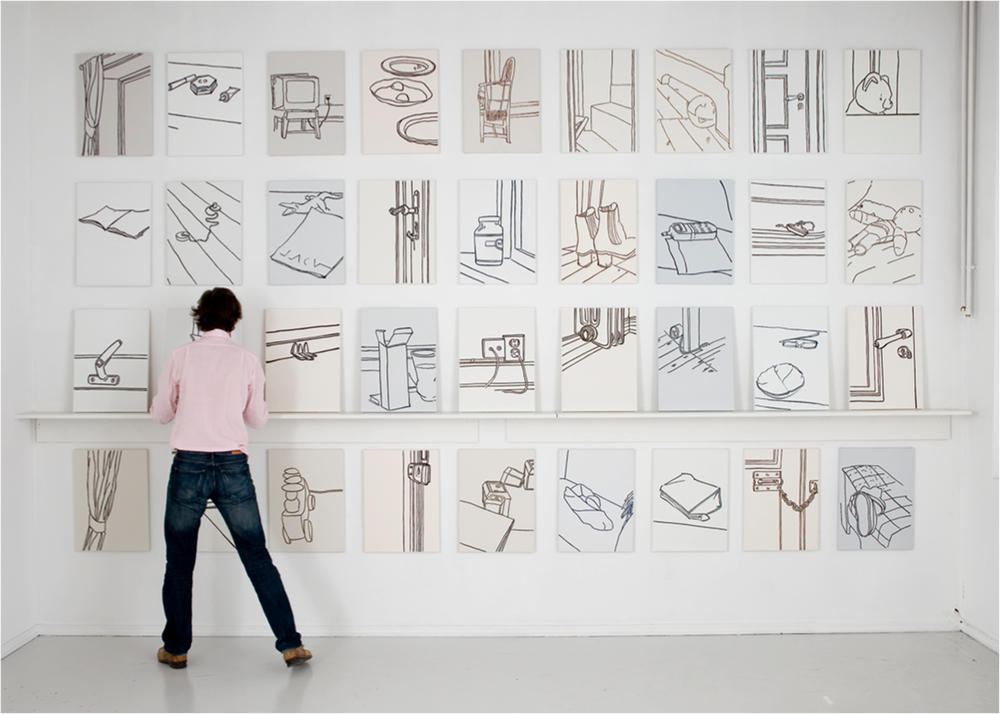
Abendzeichnungen (Studio): The National Museum Collection Oslo
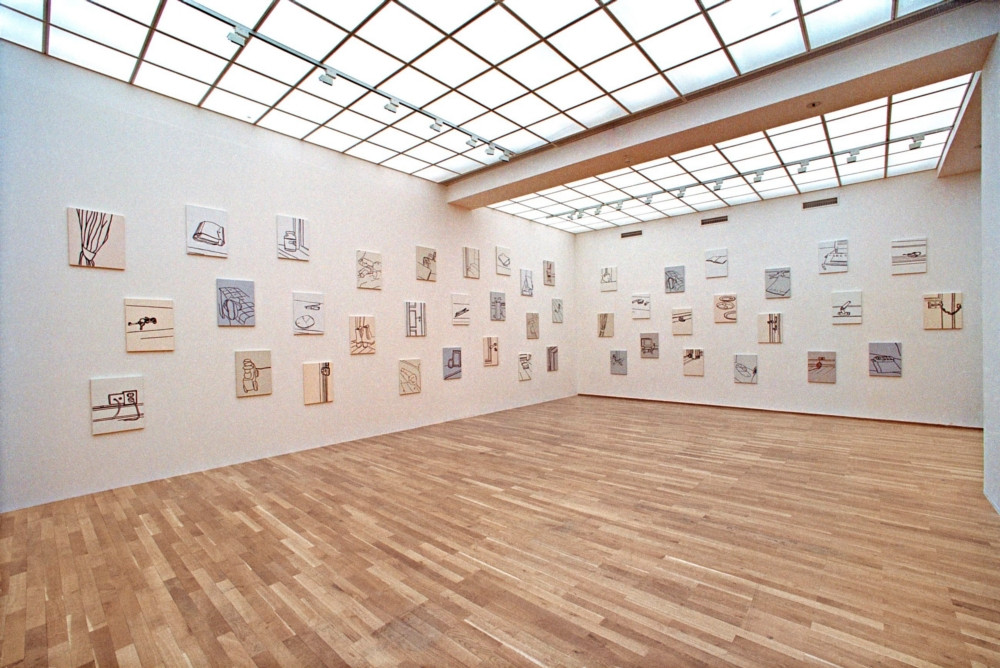
Abendzeichnungen: Hamburger Bahnhof, Berlin 2004
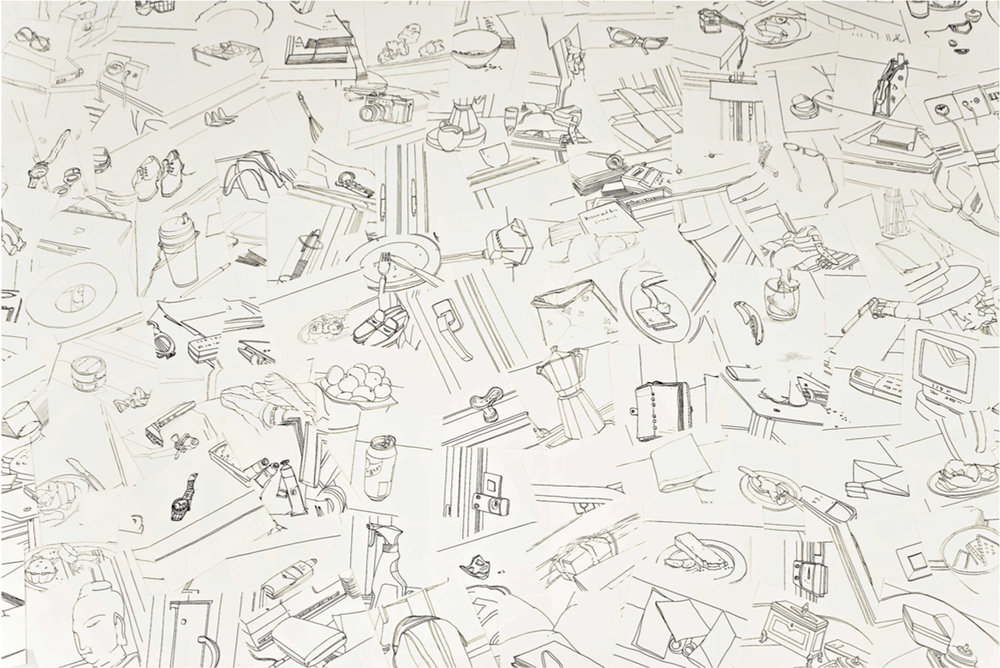
Abendzeichnungen: Collection of Drawings
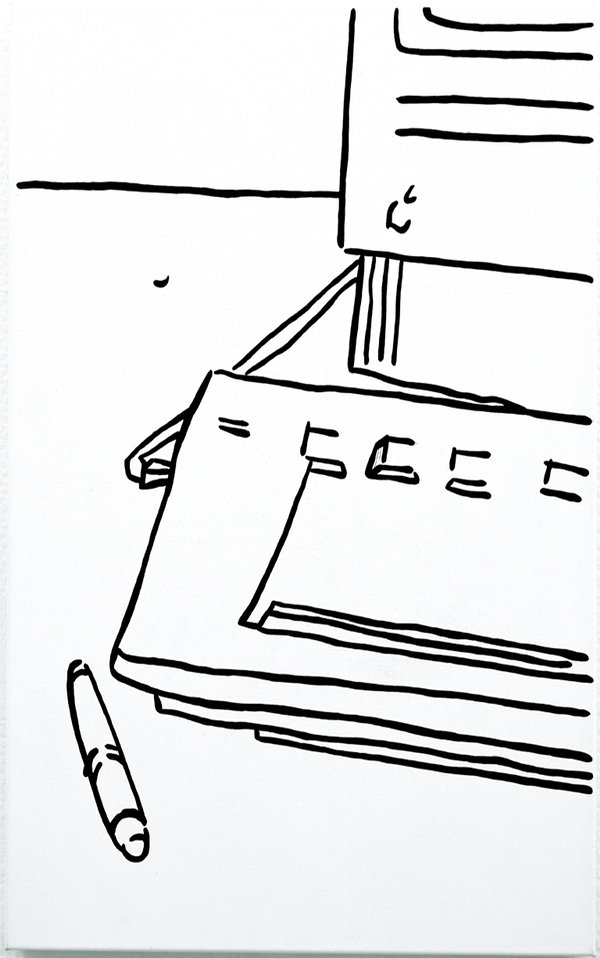
Abendzeichnungen, 55x40 cm: Oil on Canvas, 1996-2004
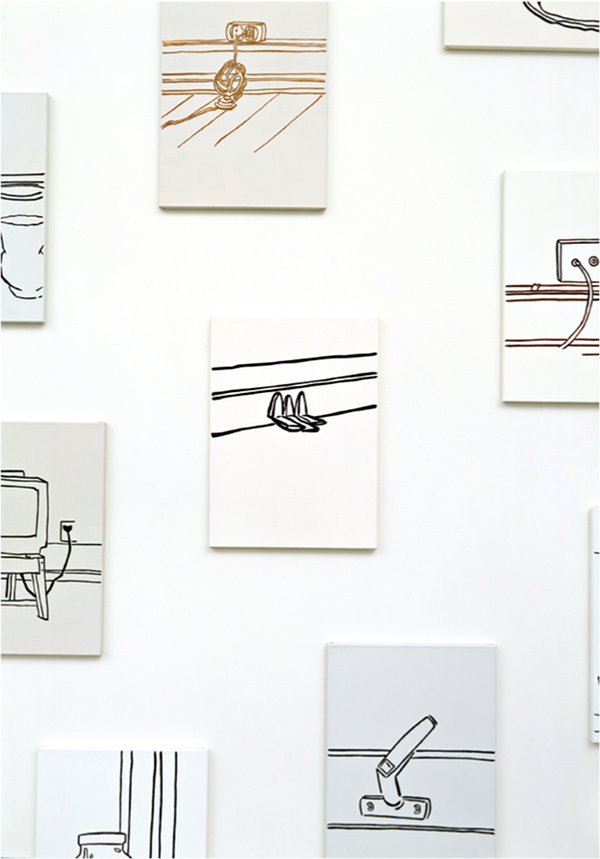
Abendzeichnungen: Installation Detail
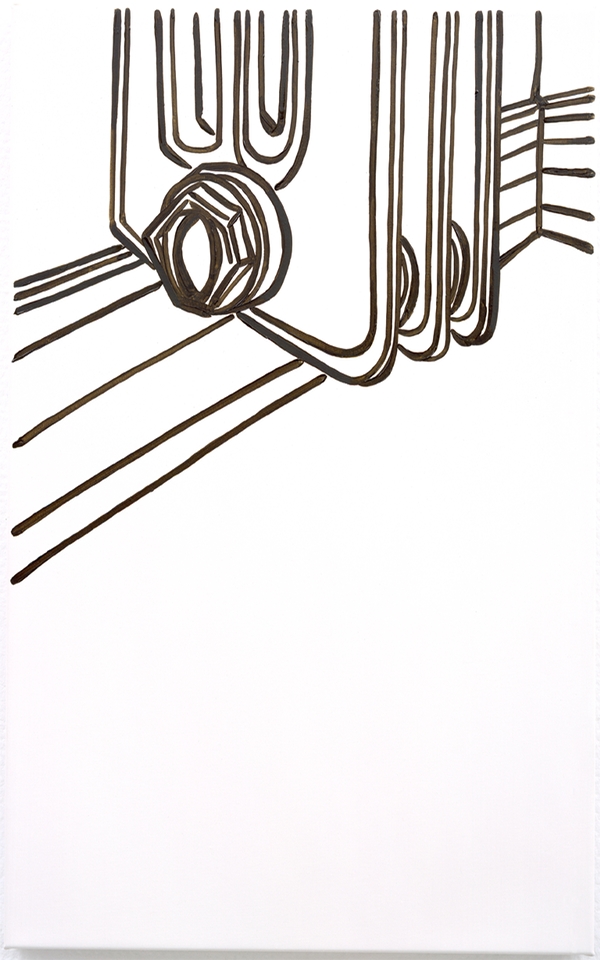
Abendzeichnungen, 55x40 cm: Oil on Canvas, 1996-2004
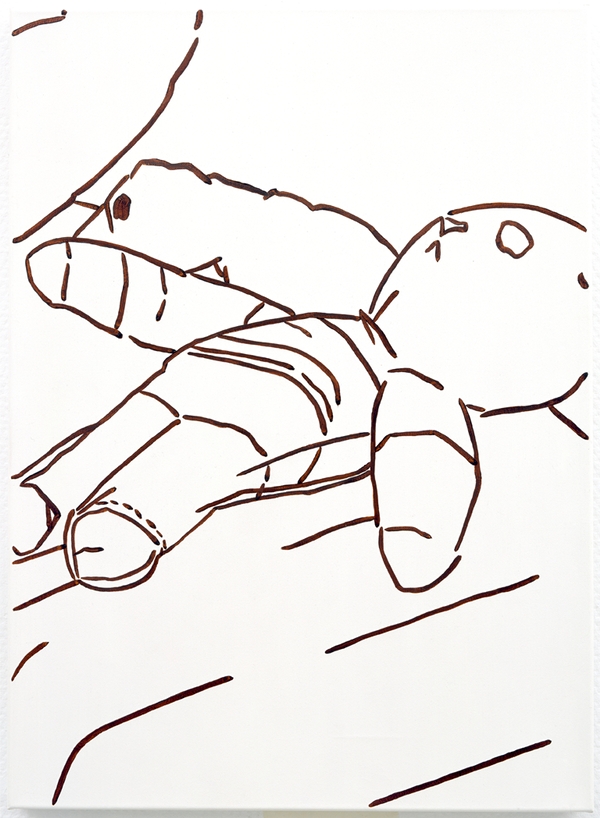
Abendzeichnungen, 55x40 cm: Oil on Canvas, 1996-2004
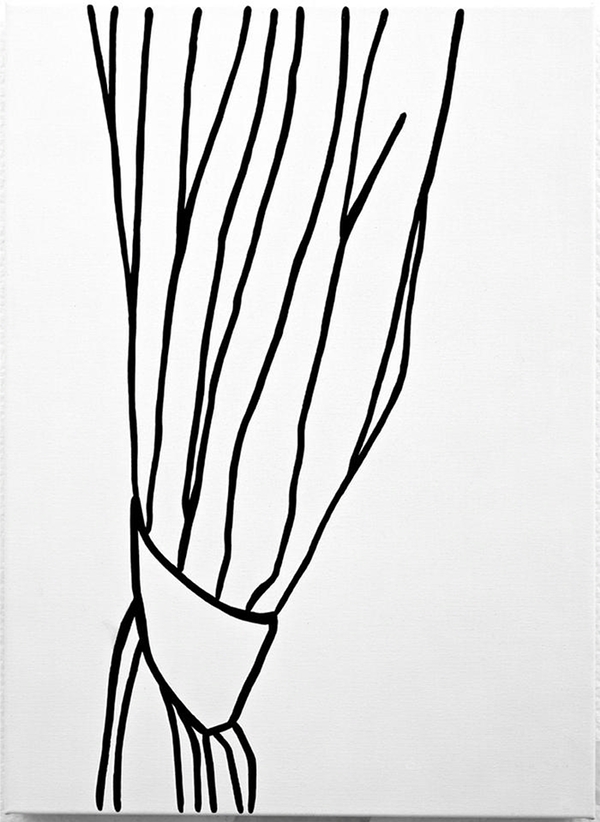
Abendzeichnungen, 55x40 cm: Oil on Canvas, 1996-2004
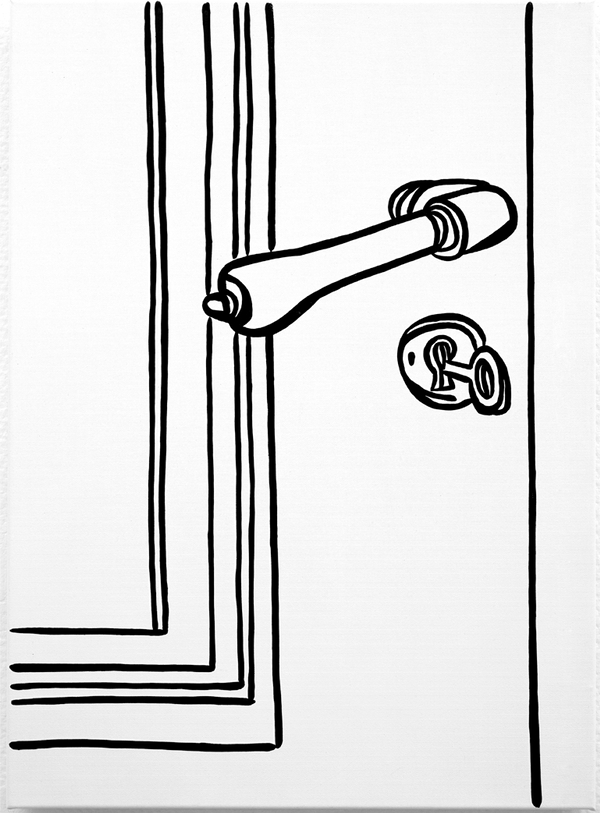
Abendzeichnungen, 55x40 cm: Oil on Canvas, 1996-2004